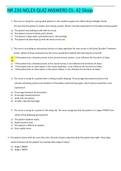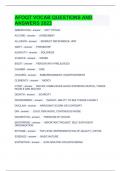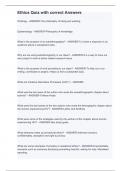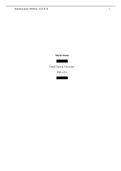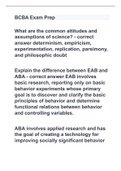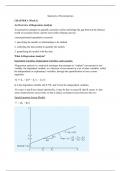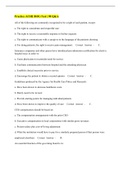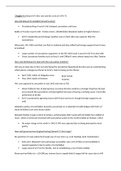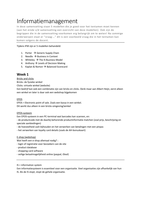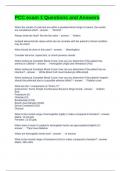Exam (elaborations)
NR 226 NCLEX QUIZ ANSWERS Ch. 42 Sleep
- Course
- Institution
NR 226 NCLEX QUIZ ANSWERS Ch. 42 SleepThe nurse is caring for a young adult patient on the medical-surgical unit. When doing midnight checks, she sees that the patient is awake and is doing a puzzle. What is the best explanation for the patient being awake? a) The patient was waiting to talk wit...
[Show more]
